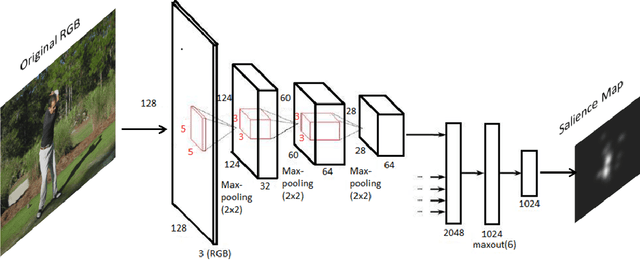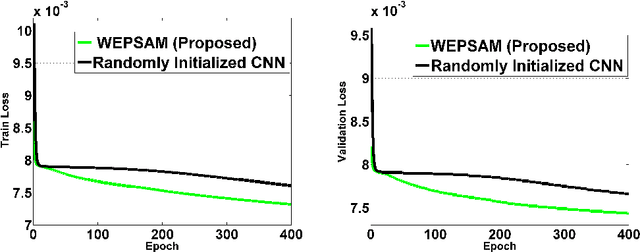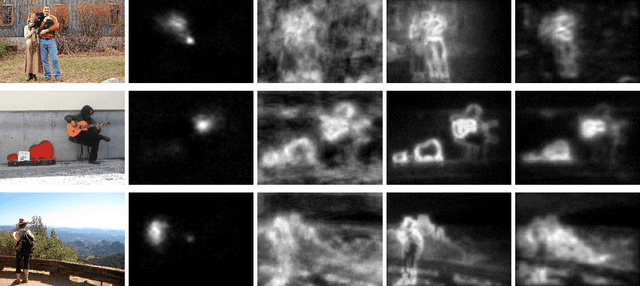WEPSAM: Weakly Pre-Learnt Saliency Model
Paper and Code
May 03, 2016



Visual saliency detection tries to mimic human vision psychology which concentrates on sparse, important areas in natural image. Saliency prediction research has been traditionally based on low level features such as contrast, edge, etc. Recent thrust in saliency prediction research is to learn high level semantics using ground truth eye fixation datasets. In this paper we present, WEPSAM : Weakly Pre-Learnt Saliency Model as a pioneering effort of using domain specific pre-learing on ImageNet for saliency prediction using a light weight CNN architecture. The paper proposes a two step hierarchical learning, in which the first step is to develop a framework for weakly pre-training on a large scale dataset such as ImageNet which is void of human eye fixation maps. The second step refines the pre-trained model on a limited set of ground truth fixations. Analysis of loss on iSUN and SALICON datasets reveal that pre-trained network converges much faster compared to randomly initialized network. WEPSAM also outperforms some recent state-of-the-art saliency prediction models on the challenging MIT300 dataset.
 Add to Chrome
Add to Chrome Add to Firefox
Add to Firefox Add to Edge
Add to Edge